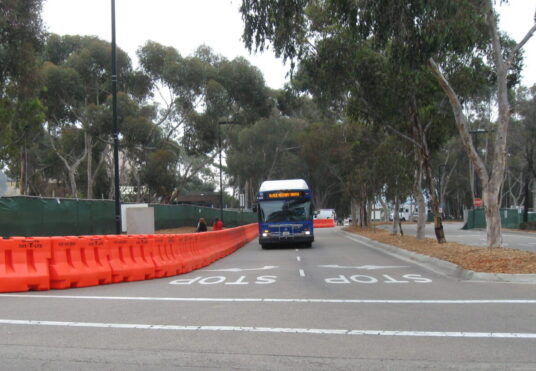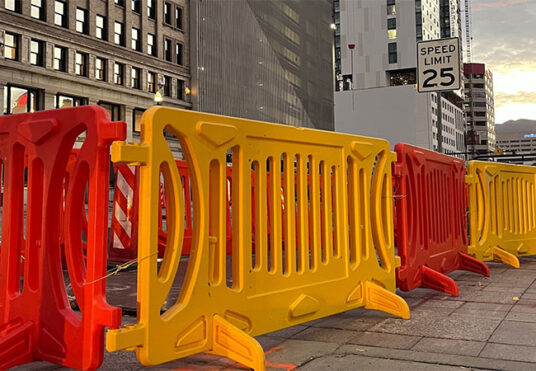Why use Longitudinal Channelizing Devices?

The current mindset of the safety community is geared toward using “positive protection” to protect maintenance workers in roadway work zones. As a result, concrete barriers have become the temporary traffic control device most commonly used in highway work zones. According to Roadside Design Guide, published by the American Association of State Highway and Transportation Officials (AASHTO), “…a barrier should be installed only if it is clear that the result of a vehicle striking the barrier will be less severe than the crash resulting from hitting the unshielded object itself.”
When deciding on the correct and safe choice for temporary traffic control in a work zone, an evaluation of devices should place a particular emphasis on balancing the protection of maintenance workers with the safety of road users traveling through work zones.
I-470 Construction Worker Outside Cones when Fatally Struck
In contrast to traditional channelizing devices (cones, drums, etc.) that have some open space between devices, LCD’s can be connected together to form a solid line. Thus LCDs can prevent drivers and pedestrians from going between devices and entering the work area. A solid line of LCDs provides continuous delineation of the travel path, which may be beneficial in work zones.
In the United States an average of approximately 1,100 people die and 40,000 people are injured annually as a result of motor vehicle crashes in work zones. The last day on which there were no fatalities on the roads in Texas was November 7, 2000. Unbelievable! That means that in those 12 years, if only one person died each day, that would be 4,380 deaths across the state. Unfortunately, it’s been nearly 10 times that number, which means that in a similar time frame, people have died on Texas roadways at roughly the same rate as our troops during the Vietnam War.


